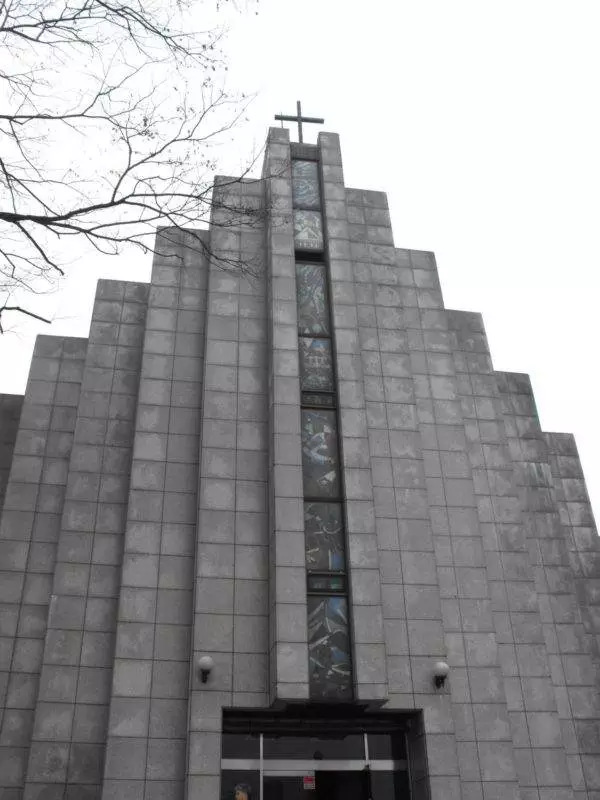
The Seoul Foreign Cemetery (AKA the Foreign Missionary Cemetery AKA Yanghwajin Foreigners’ Cemetery), has quite an interesting history. From ohmynews.com:
Once, two churches peacefully coexisted in the chapel that overlooks the cemetery. One congregation was predominantly made up of foreigners and had been established nearly 124 years ago by Western missionaries, while the other was Korean and was established only four years ago to honor the Western missionaries buried in the cemetery.
Now, only the Korean church remains — the other forced out. On Aug. 5, 2007, members of the Korea church seized the chapel and claimed it as their own. In their subsequent sermons they declared a historical moment in which they had reclaimed the cemetery and grounds from the “foreigners who had turned it into an extraterritorial zone.”
The city government eventually declared that neither church was to use the chapel. The foreign church was forced to move from the site but the Korean church moved into buildings bordering the cemetery and continue to administer the grounds.
It seems ironic – and more than a little odd – to remove the live foreigners who had “turned it into an extraterritorial zone”, but to do nothing with the ones in the ground. They’re still foreigners, right? Or have the decades in the ground made them Korean citizens? I’ll leave this one alone… Whatever the history is, I was greeted warmly by a Korean staffperson, who asked me to wait briefly until an English-speaking tour guide was available. She appeared a few minutes later, and off we went.
I was politely told that, to keep the quiet, her descriptions would be brief. With each description being no more than a few sentences, and only stopping at about a dozen graves, the ‘guided tour’ was rather short. Most of the people she pointed out or talked out were missionaries, though it wouldn’t be fair to say everyone buried there is a missionary.
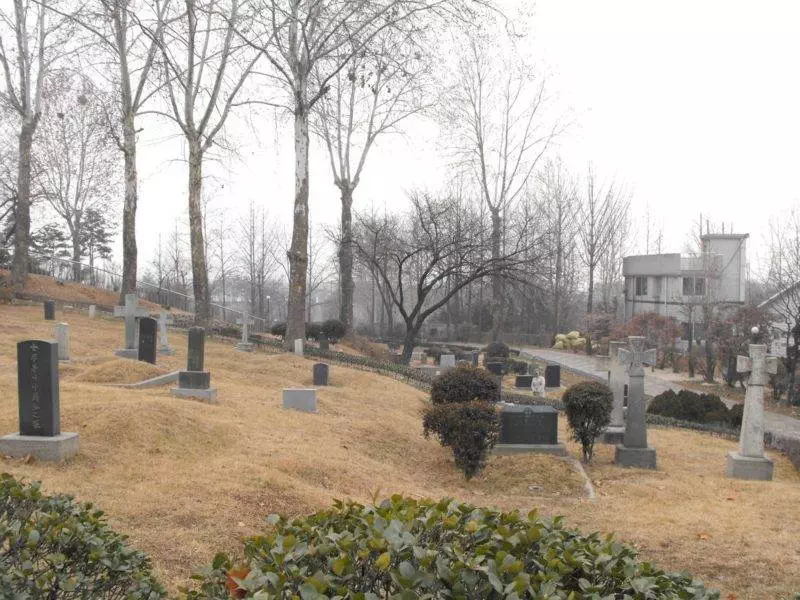
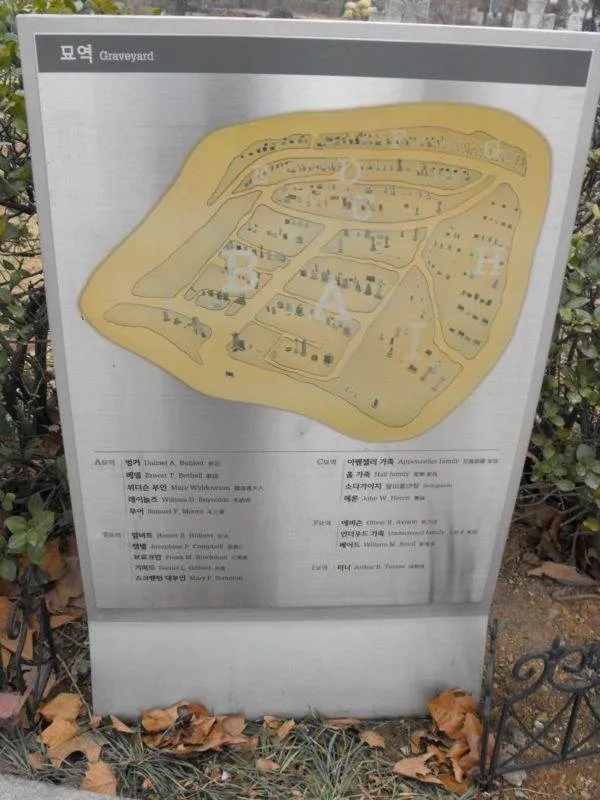
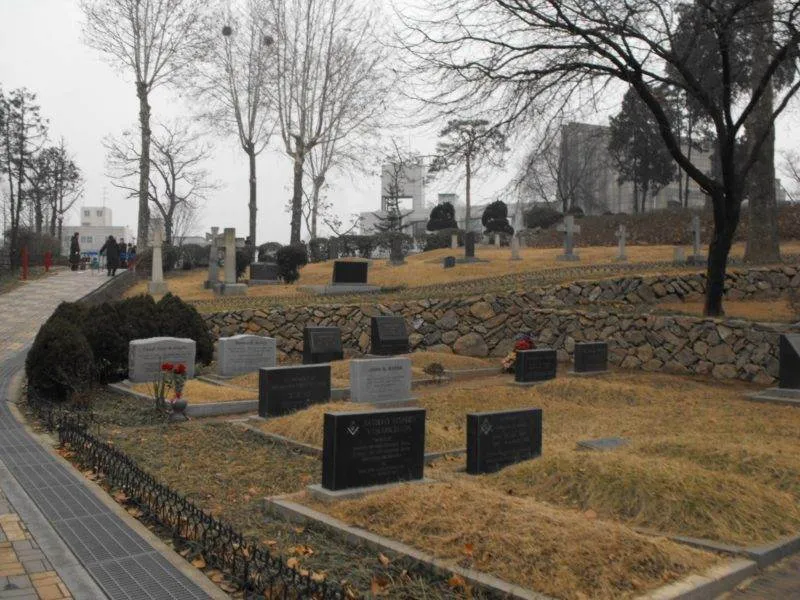
Winding up the tour and back up the hill. I wish I had had more time to learn more of the stories… the lives… but her time was short and there was another site to see.
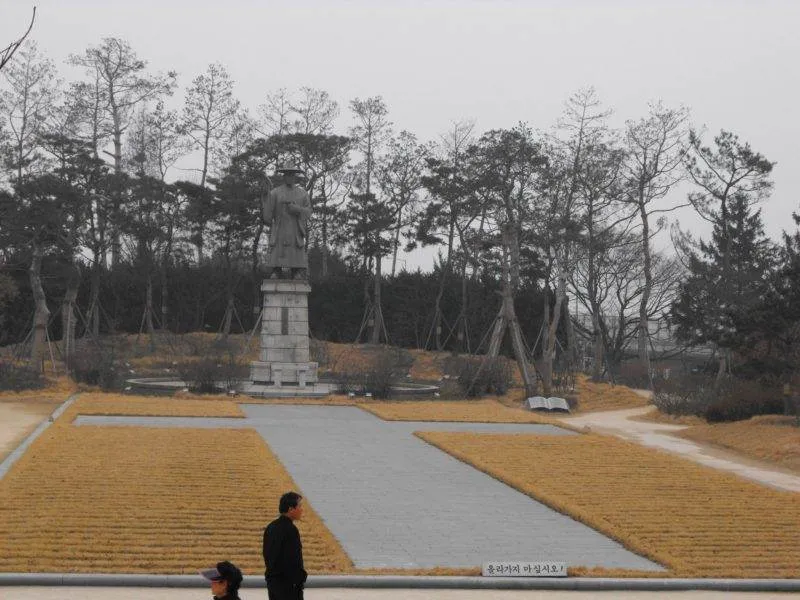
A few hundred meters away rests the Jeoldusan Martyrs Shrine. The Catholic Church arrived in Korea in 1784, when 이 승 훈 (Lee Seung Hun) was baptized in China and returned to Korea to baptize others. In the 19th century (the Joseon dynasty), the Catholic Church was persecuted because the Catholic religion didn’t follow the state-prescribed belief of ancestral worship.
Fast forward through almost a century of persecution to the year 1866. A rock along the Han river (which goes through the heart of Seoul) and an area called the Yanghwa Ferry Point crossing saw a French warship pass the ferry. Still known as the ‘hermit kingdom’, Sir Daewon (King Gojong’s father regent) declared that “the Barbarians have invaded us because of the Catholic Church.” A persecution of Catholics began at the Silkworm Head Crossing (a name for the rock at the ferry point) to expel the Western influence in Korea. No numbers seem to be known, since there are almost no written records of the matryrs.
When the Catholic Church bought the land in 1956, they discovered the name given to the area by locals – Jeoldusan “(literally the mountain where heads were chopped”), and proceeded to name it Jeoldusan Shrine. The shrine was built in 1966-7, and Pope John Paul II stopped by in 1984 during the 200th anniversary of the Catholic Church in Korea.
Today, there is a church, a number of religious monuments, and a large cross in the middle of the area.
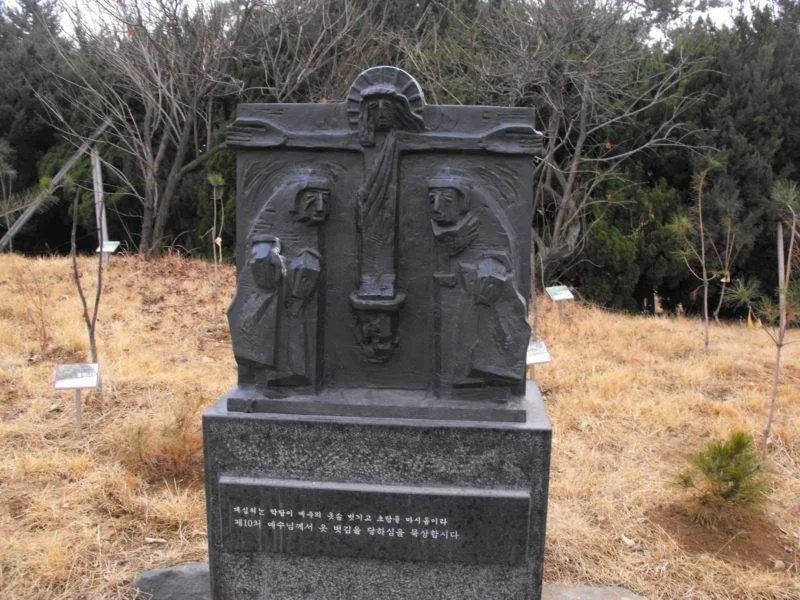
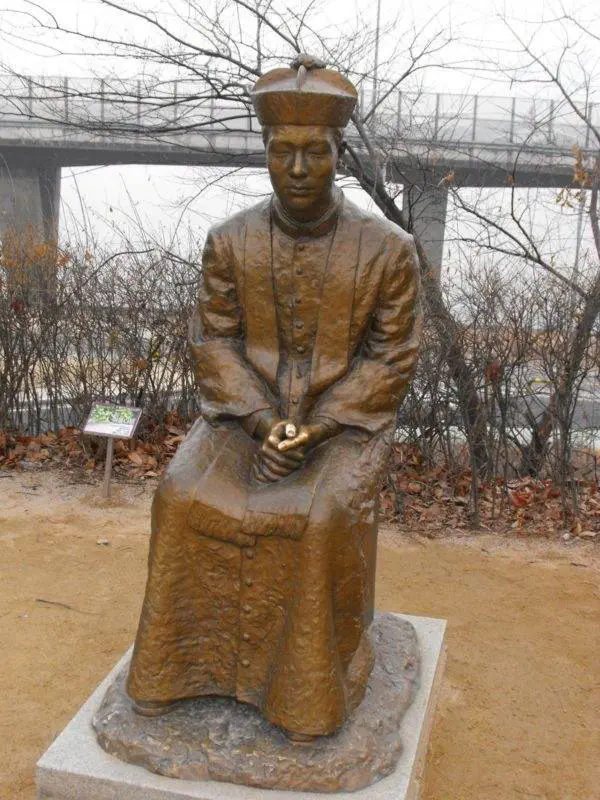
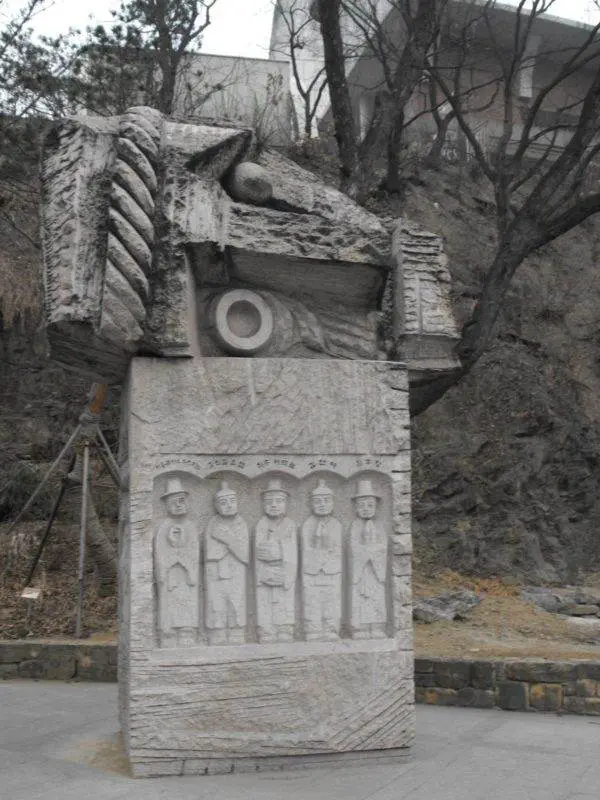
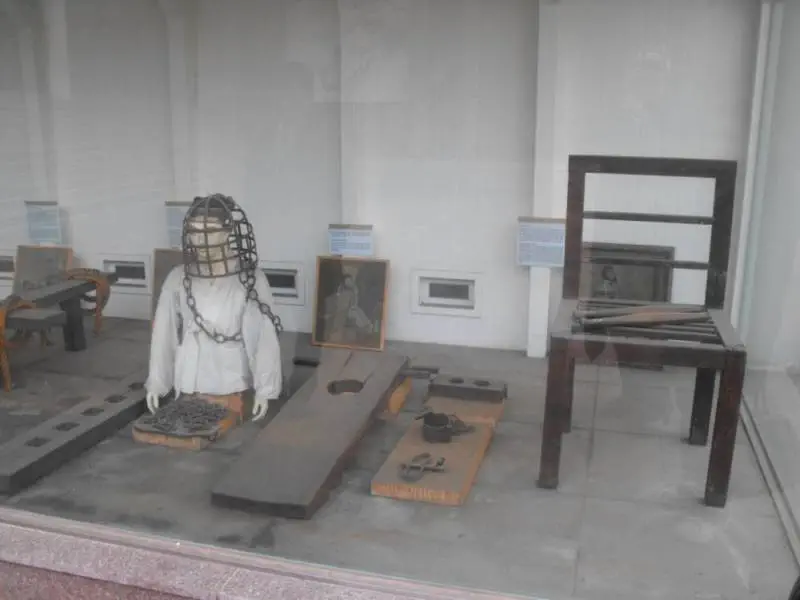
A fairly tame way of displaying just a few of the ways Catholics were tortured… I’ll pass on going into descriptions – suffice it to say that it was brutal.
Come if you’re Catholic, or want to view / remember a bit of the dark side of Korean history. You don’t see too many sites offering the horrible things Koreans have done (at least with enough accompanying English to make sense of it all).
For more information, check out the Jeoldusan’s English language website at http://www.jeoldusan.or.kr/language/english.html.
Directions: Take line 2 of the Seoul subway system to Hapjeong, then take exit 7 to street level. Once at street level you should see a large brown road sign pointing you (and the cars) to the left. Take the first left past the sign, then walk for about 300 meters to the Foreigners Cemetery. The Martyrs Shrine is a couple hundred meters further.



Ah, I didn't see this post when I searched your blog the first time. Thanks for the free ice cream, as usual!